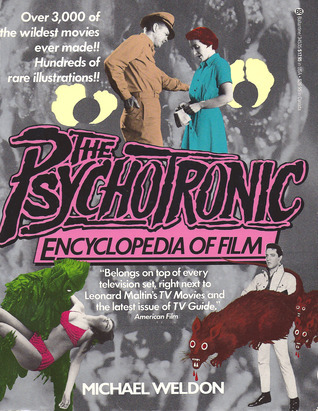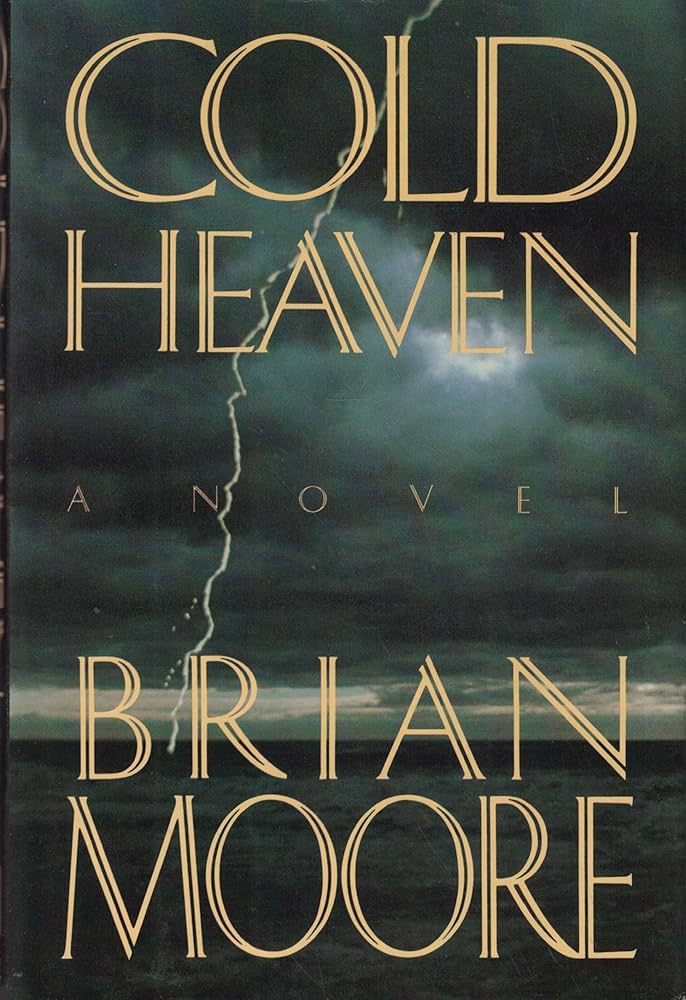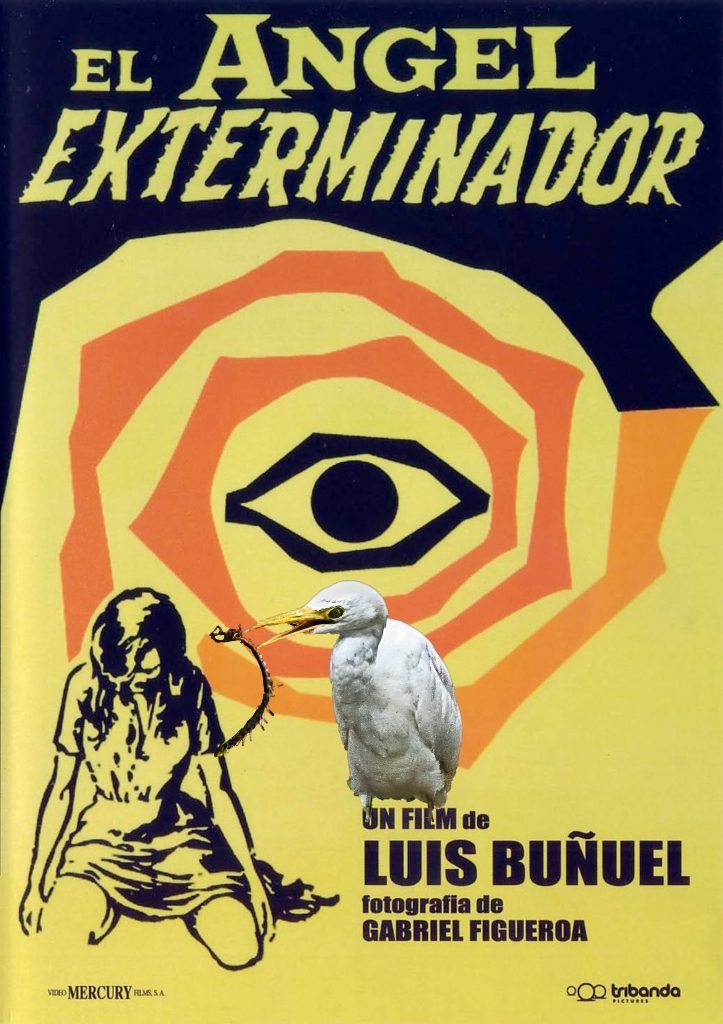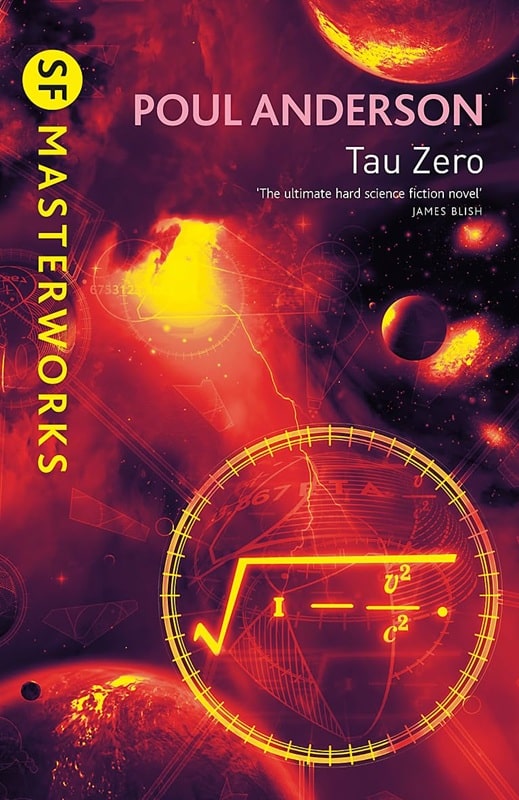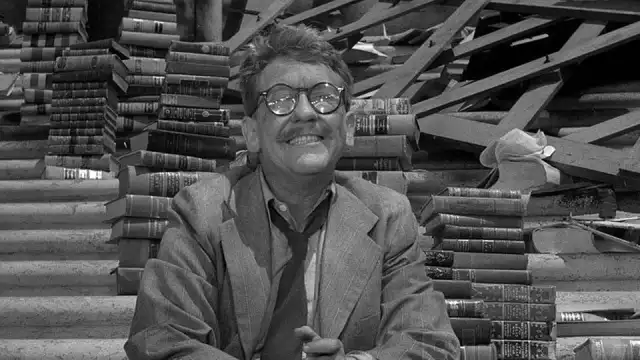The Eccentric’s Bookshelf: Michael Weldon’s Psychotronic Encyclopedia of Film
1983? Let me tell you how it was.
In a World Without the Internet, before Youtube, before Netflix, before Prime, before 4K UHD smart TVs, before social media or Substack or niche newsletters, before IMDb and Rotten Tomatoes, before DVDs and Blu-rays, even before blogs (gasp!), you would find yourself sitting around late at night, channel surfing, listlessly flipping through TV Guide, restlessly looking for something to watch, and you would come across a movie like The Horror of Party Beach and you would think, “What the hell? Is this worth ninety minutes of my life?” And since you would likely have only once chance to see the thing, it was a decision fraught with import. (I’ve always wanted to use that phrase.)
In the absence of all of the resources and options we now take for granted, how did you decide what to do? I’ll tell you what I did — I reached for The Psychotronic Encyclopedia of Film.
The brainchild of Uber-Geek Michael Weldon and an offshoot of his Psychotronic Video magazine, the book is, according to the back cover, “The complete viewer’s guide to the weirdest movies of all time!” It’s a boast that the volume makes good on with one pseudopod tied behind its back.
